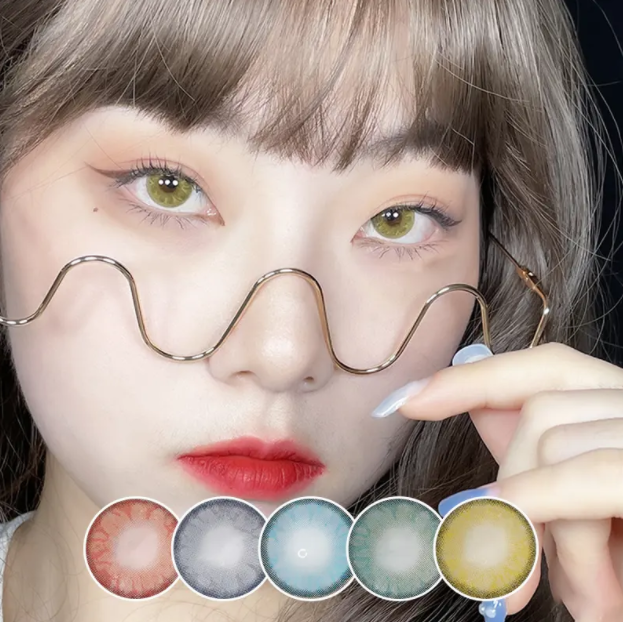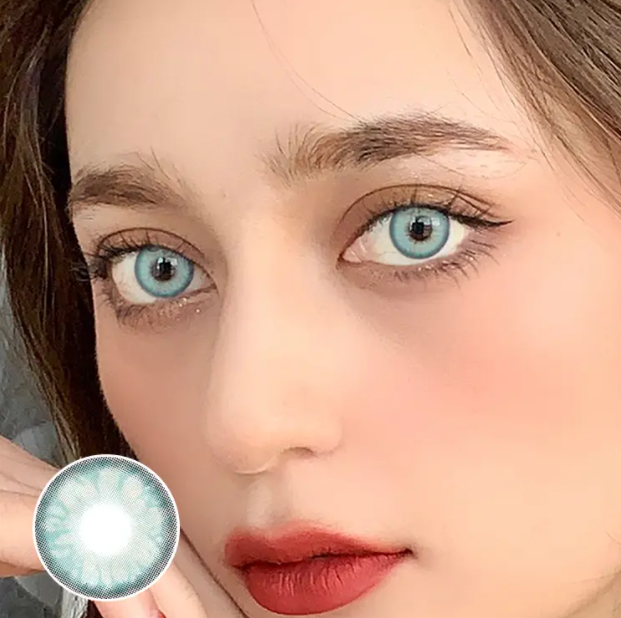A biconvex lens is a lens used to make eyeglasses. They are rarely used, but when you need them they can be very useful.
Glasses manufacturers produce these lenses to correct severe farsightedness. This means that it is difficult for you to see things up close.
Read on to learn more about biconvex lenses, including how they can be used outside of vision correction.
High magnification usually means very heavy glasses. To prevent the lenses from being too thick, eyewear manufacturers have created biconvex lenses.
You can think of a biconvex lens as two different lenses stacked on top of each other. Spectacle manufacturers typically make lenses in a standard size and then place lenses with more power in smaller areas. The lenses correct your vision when you look through that particular point.
Bifocals are special lenses that allow you to see better when you look down to read. When you look up, you can see distant objects more clearly.
lenticular lenses vs progressive lenses
Lenticular lenses are used as contact lenses and glasses. As for the variety of glasses, they are glass or plastic.
Glasses or optics manufacturers can manipulate biconvex lenses to help you see objects further or closer more clearly.
Doctors sometimes recommend biconvex lenses for young people who had mild to moderate vision problems as children.
This method is not commonly used in older people because their eyes cannot adjust to the lens, which can lead to falling and dizziness.
Lens manufacturers also use biconvex lenses for other vision applications. Layering or strategic placement of biconvex lenses can create a three-dimensional effect in the viewer’s perception.
As a result, optics manufacturers are using biconvex lenses to create 3D television screens and headsets for virtual reality systems.
Lenticular printing or layering also allows you to see your advertisement in 3D. Often you will need to stand or sit at a certain angle to see the full effect.
If you have cataracts, biconvex lenses may help. It happens when the lens of your eye becomes cloudy and affects your vision. An optometrist can usually correct your vision by implanting a new lens.
But in some cases, your ophthalmologist will not be able to fit you a new lens or use an implant. Lenticular lenses can help in these cases.
People who wear glasses should consider the angle of the glasses in relation to your eye or eyes. If these measurements deviate by a few millimeters, the glasses may cause visual impairment.
You may also notice poor vision when your glasses slip off your face or are slightly skewed.
If your new biconvex prescription isn’t working properly after 1 or 2 weeks, go back to where you bought your glasses for a follow up check.
You may only need biconvex lenses because you don’t have access to other options such as traditional cataract surgery or vision correction. In this case, you may need to work on getting used to biconvex lenses.
A standard bifocal lens costs about $105, according to Consumer Reports. But those used to correct cataracts or other vision problems can be more expensive.
Progressive lenses are an alternative to biconvex lenses that some people may find more comfortable.
In the case of cataracts, the doctor may do tests such as a retinal examination with dilated pupils or a slit lamp examination.
lenticular lenses vs progressive lenses
If your doctor recommends biconvex lenses, he will instruct you on how to wear them correctly and how to fit lenses.
A lenticular lens is a lens that helps you see better or create special 3D effects.
Bifocals are a common example of biconvex lenses, but more sophisticated lens options are available.
Headaches caused by new eyeglass prescriptions are common. They usually disappear within a few days as your eyes get used to the new recipe…
If you wear glasses, you might be wondering what are progressive lenses? These are lenses that allow you to see up close, in between and far, everything…
Trifocal and contact lenses allow you to see objects at close, medium and far distances. Here’s how they work.
Polarized lenses are a variant of sunglasses that make it easier to see in bright light. Sometimes you don’t want to use them…
LASIK vision correction uses laser light to reshape eye tissue. The changes will last for the rest of your life, but someone else can change your vision…
A right orbital fracture is a fracture of the bones surrounding the right eye. Treatment may include ice and rest, decongestants or antibiotics, or, for…
Blepharitis is the medical name for inflammation of the eyelids. This is a very common disease, but can it be passed from person to person?
Vitamin deficiency can cause eye problems, but is blepharitis one of them? Find out what is causing it.
Blepharitis and styes are common eye conditions. Bacteria may be the underlying cause of both. Here’s what you need to know.
Ocular rosacea is a condition in which the eyes become dry, irritated, swollen, and red. It is often closely associated with cutaneous rosacea. Luckily…
Post time: Nov-24-2022





